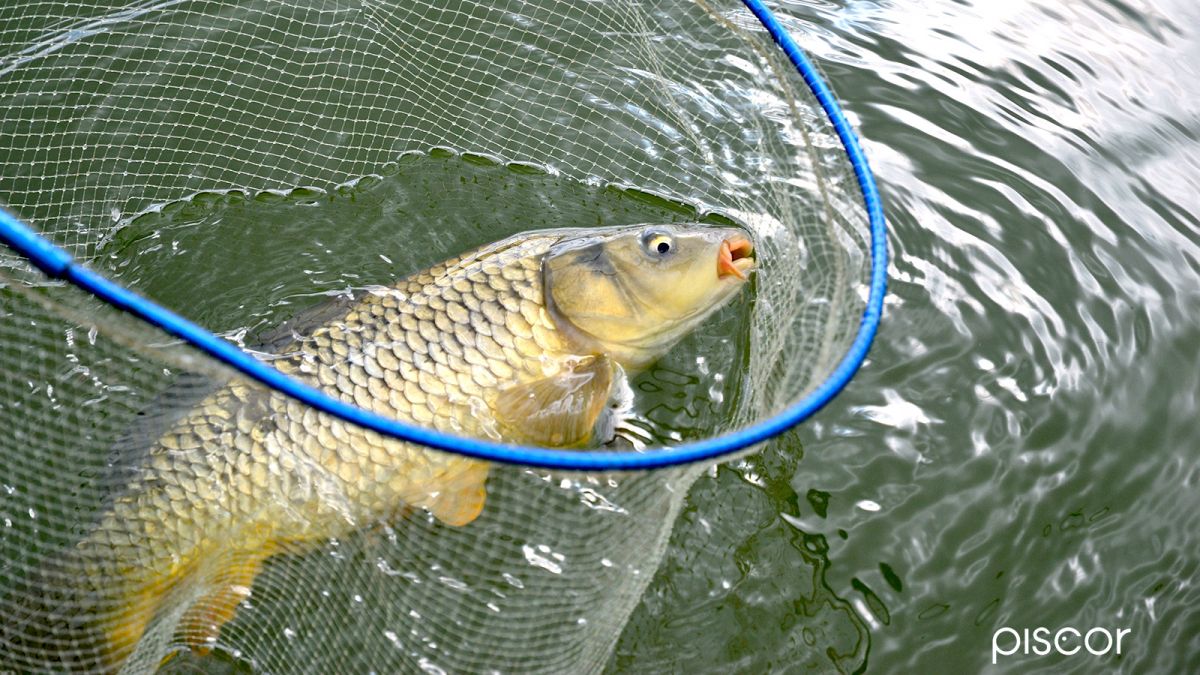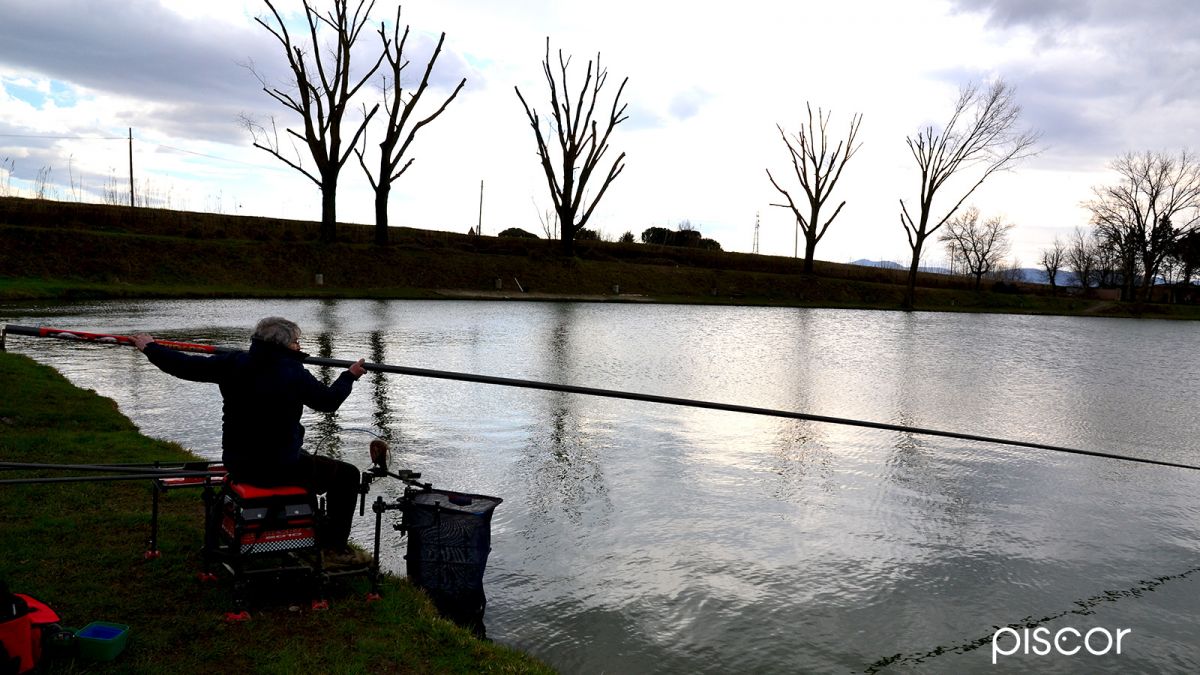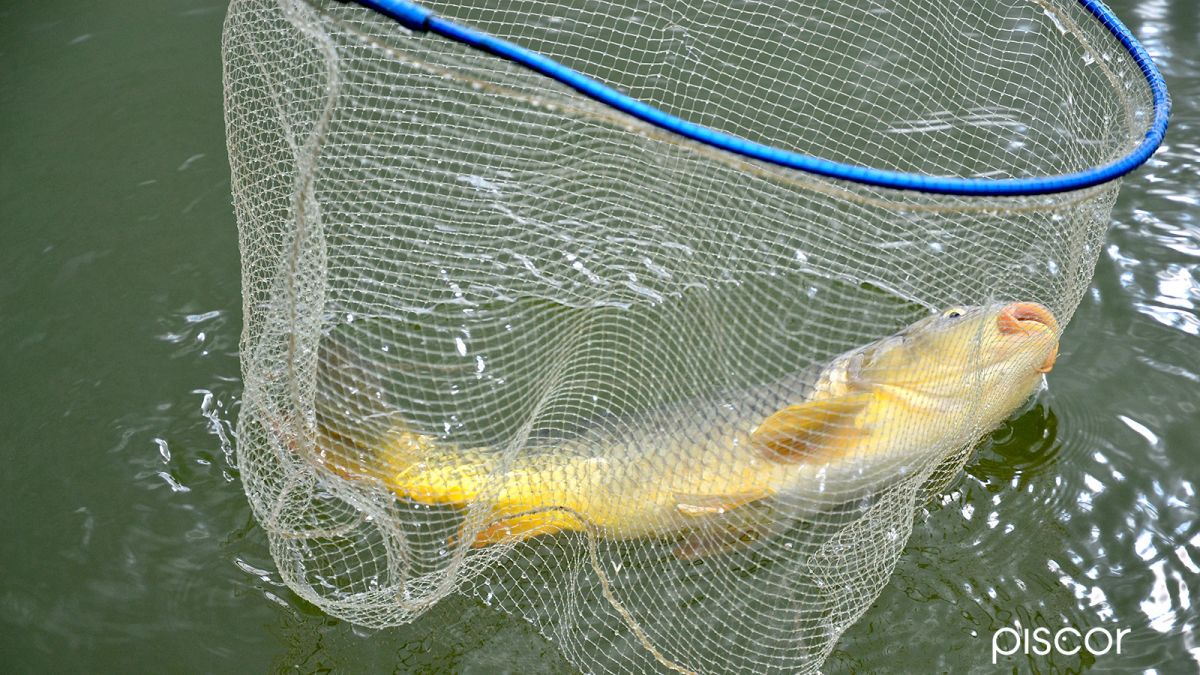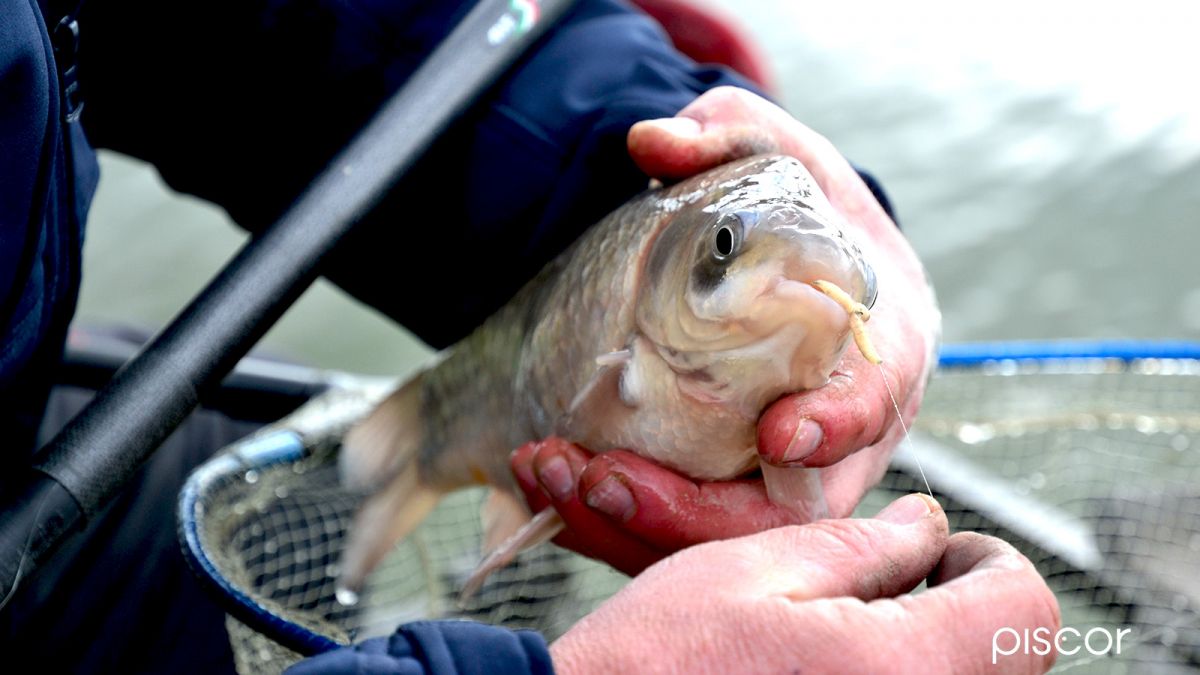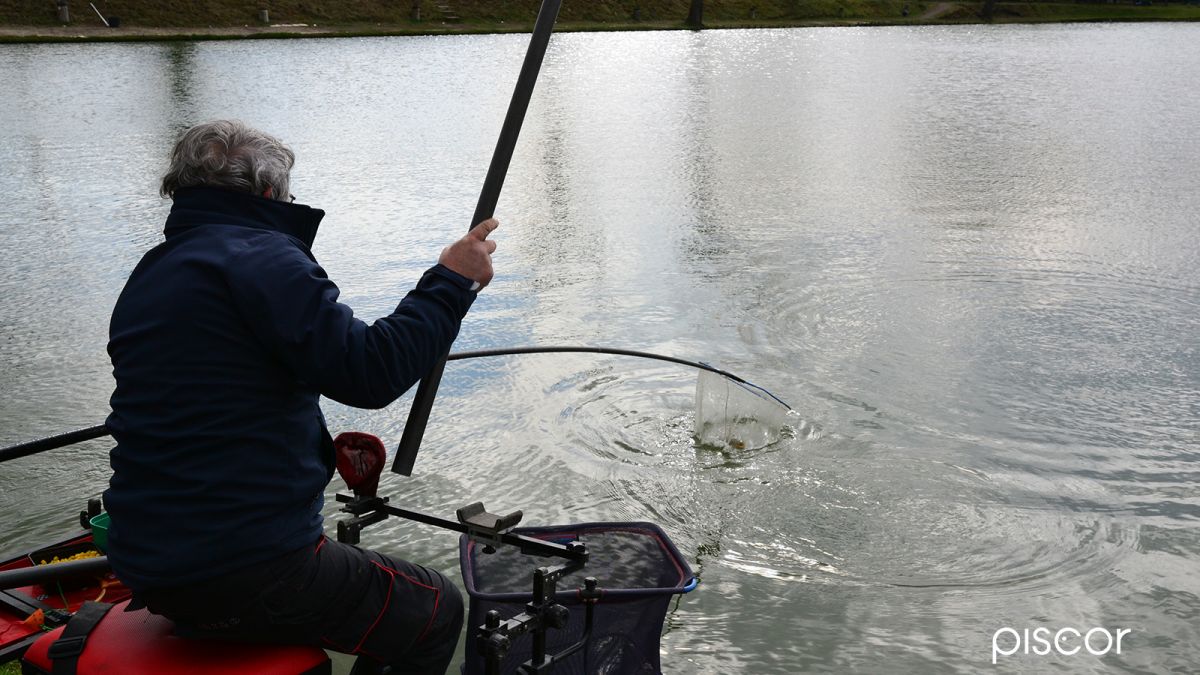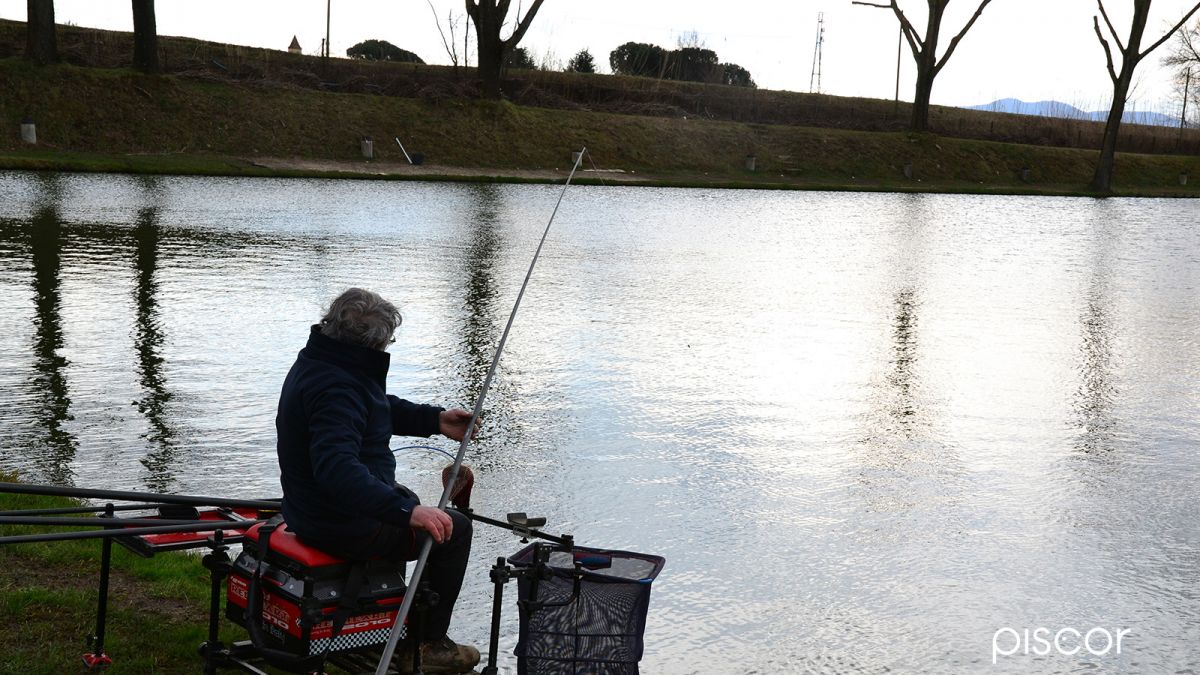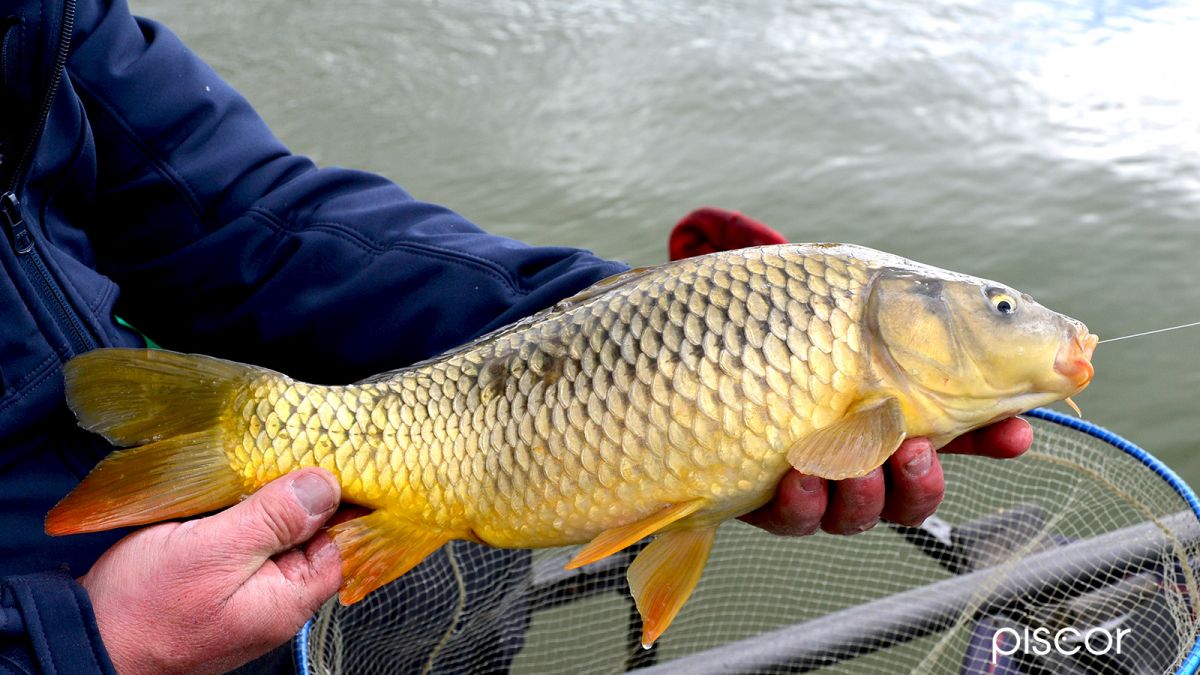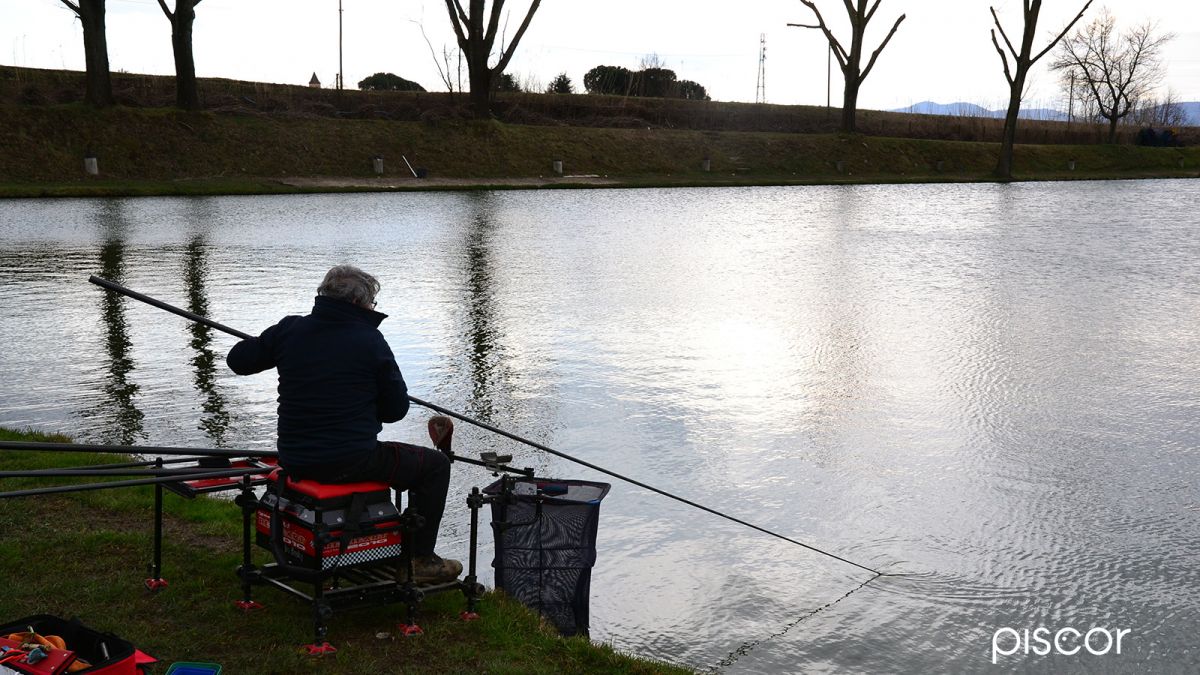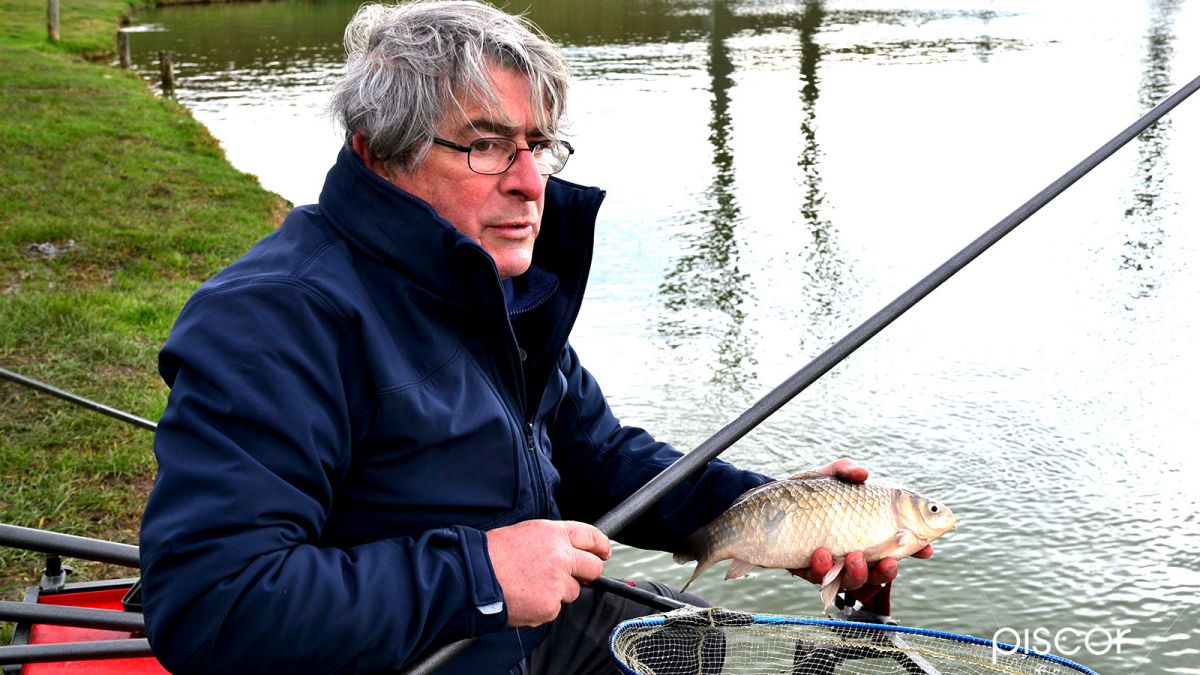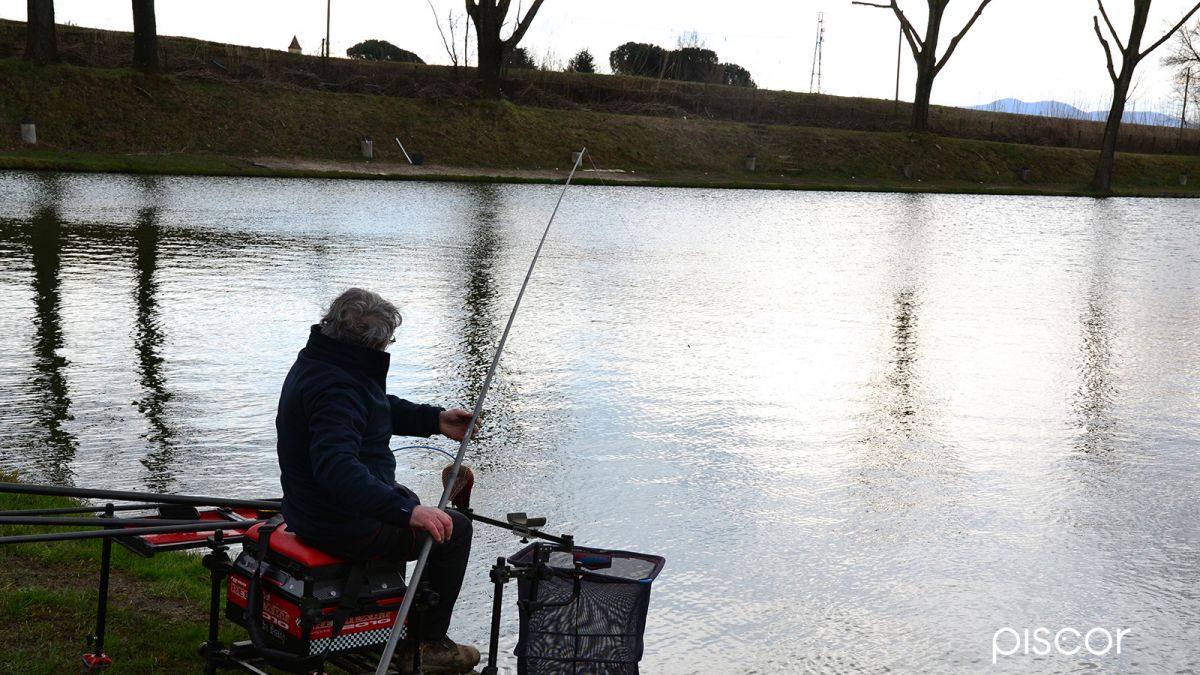Everyone has their own style to get to the final goal, which is to put the carp in the landing net, but there is no doubt that some do it better than others thanks to a well-designed technique and small tricks.
Is there a "fishing style"? Certainly yes.
As with any sporting activity or not, it is quite simple to understand if those who practice it is a champion or not. Even if you look at beginners, you can see who will have a rosy future or who will get lost in anonymity.
And fishing is no exception: you look at a child who starts fishing and you already understand on the fly, if you have a long eye, if from that one will come out a valuable agonist or if he will remain a fisherman, so to speak, amateur.
Every gesture, from the way you bait to the way you throw a line into the water, from how you accompany the line to the way you retrieve a fish gives us information on the value of who holds the rod in his hand.
And it is on this last gesture that we want to dwell and we want to do it talking about the "carpodrome case".
Not that ways and styles relating to other sectors of the fishing industry should be neglected at a stroke, on the contrary. The fight with a two-kilo chub hanging on a 23 number barbless hook tied to a 0.07 final is a spectacle of rare beauty, especially if one of the good ones is holding the bolus, but in the carpodrome it's something else: style is substance because bringing a big carp to the landing is a mix of strength, speed, technique and materials and learning how to exploit all these things is not easy.
By now, carpodrome fishing is a widespread reality throughout Europe, with some differences from one country to another, with carpodromes with the most diverse characteristics, from the beautiful lakes "almost" natural English to some sad concrete tanks as you happen to see here is there, passing through the beautiful quarries of France and Belgium where, more than the regularity of the bank (and fishing) you privilege the landscape and the amenity of the place.
Many different concepts, but only one certainty. That is, when on the opposite side of the fisherman there is a fish that pulls like an obsessive, whether you are competing in a concrete vessel or in a green lake in northern France, it does not matter, the final result must always be the same: bring it to the landing net in the shortest time possible with little risk, both in terms of integrity of the rod and loss of the fish due to the rupture of the final or other problems of the kind.
Carp are not all the same
Before going into the technical details, it is necessary to make some important distinctions, because, for the same size, these fishes do not have the same reaction to the retrieving everywhere.
There are places where they pull like mules, others where they look like little more than big crucian carp. This is mainly due to the state of health of the fishes: where they are well nourished and live in an oxygenated water suitable for the carrying out of the metabolic processes, we shall have healthy and robust carp, where the quality of life is rather low, we shall have slow fishes, little reactive and which allow themselves to be dragged to the landing almost without resistance.
But there are other parameters to be taken into consideration in order to understand the differences between the various carp.
First of all, the species: of the two main ones, i.e. carp or common carp, the latter have greater strength and power for the same weight and more effort on the part of the fisherman.
On the other hand, at the level of speed in defence escapes, the former are much faster, but we must not confuse strength and speed. It may be for the more compact shape or for a more powerful musculature, but the common carp require more "work".
Then there is the age to play an important role. Very often, we wonder how much, at times, it is easier to carry to the landing net a carp of seven kilos compared to one of three. In fact, a carp around three kilos is in its prime because it is no more than four or five years old, if its growth has been optimal, and the carp are no different from the other animals for which the youth always accompanies a greater power.
Then there is the case of the hybrids between carp and crucian carp which express an incomparable power and, even more, a resistance to the effort it has of the prodigious. It is a characteristic typical of all hybrids: it is not for nothing that the mule, cross between mare and donkey, is still bred to make it a tireless animal in the work.
The three phases of the capture
We can distinguish three distinct phases that lead to the capture of a carp: the retrieving, the combat and the catch.
During each of these phases the carp will behave in a totally different way depending on the environment in which it is, but, above all, as a result of the action of the fisherman.
There is usually a lot of difference between the carp caught in open water and those of the carpodrome. In general, the former are much more reactive, also because, in most cases, what they feel in the mouth is the first painful sting to which they often react violently. Carp of carpodrome, on the contrary, are usually calmer, almost as if they knew that, after the capture, they are then put back in the water.
It is during the three phases listed above that the fisherman takes his time and, by making the right movements, you can shorten the time to catch risking even less than the lawful, not only because you unhook less fish, but also because he is more limited in the effort equipment, which with strong fish and large size as the carp has its weight.
But there is one thing that surpasses all the others in importance and that is that you must always remain calm, concentrated and before doing anything you have to think about it, because losing a freshwater breme of two hundred grams can be remedied, but in the carpodrome the loss of a fish can also be worth several pounds that then lack the appeal to the final weighing.
The elastic
When fishing carp, it is always prudent to rely on elastics of considerable diameter: descend below 1.6 mm, if full, or 2 mm if hollow is a big risk.
If you are fishing with thin endings, as happens in the coldest periods of the year, rather than go down in size losing drastically power, it is better to rely on elastics always large in diameter, but more yielding, such as those in natural latex, recognizable by the yellowish white color that have the characteristic to stretch a lot and, even if you lose a few seconds more, will allow us to admit to weighing some important fish.
The retrieve
There are two distinct schools that express themselves in two completely different ways, almost at the antipodes.
The first school, purely English, but with many admirers in our country, expects to have a distance between the tip and the float, that is the banniere, extremely short, in optimal conditions often reduced to no more than 25 cm. It is combined with an elastic almost and zero tension and rather soft, ideal that cable.
The retrieve is always very controlled and made by simply raising the tip of the rod just enough to let the tip of the hook into the mouth of the carp. The rest of the penetration will occur during the phases of combat.
This phase is so delicate that sometimes the fisherman lets the carp itself to self-assemble simply by holding the banana boat tight. It takes a lot of self-control and the avid "chubby" are always losers in this phase not being able to stand still at the time of the sinking of the float. The writer is one of them.
The aim of such behaviour is not to make the carp crazy with terror with a violent retrieve, which would be expressed in a hasty escape difficult to counteract, especially if you are using a little 'light equipment.
Because of the small size of the banniere, this method requires a very precise and concentrated baiting carried out exclusively with the cup and has many advantages especially when fishing is slow as in winter.
The other way of ironing is completely the opposite. It uses a banniere that is even more than one meter long, which also gives greater freedom to go looking for fish over a larger pasteurised area. For this reason, the retrieve must be ready, at the limit of the violent and the elastic rather "pulled". In this case the full one is better.
The rod must be kept immediately high exerting a strong pressure that makes the hook penetrate deeply and makes the fish feel immediately the strength of the elastic and also that of the rod, in this case it must be very strong and reliable. At this stage you should not give a single millimeter: the carp must immediately understand who is in charge.
It's obvious that such a technique is done when you can afford to pull hard and you have a strong hook and large size, so when fishing is easier and you bait with the sling. Summer fishing on the surface is the one that benefits most from this technique.
Fight
With the first type of retrieve, the less you move, the better. For this reason, the elastic must be stretched while holding the barrel in the low position. The less pressure you give to the fish, the more calm and peaceful it will remain.
At the first hint of slowing down of the already slow race, the rod is withdrawn back to the low position, moving the tip in the opposite direction to that of the carp, without tearing.
In this way the fish will tend first to stop and then to follow without opposing violent or sudden reactions. At this stage, you should never try to lift the fish from the bottom.
Only when we have the kit in our hands removed from the rest of the rod will the tip be raised quickly to make the fish hook up.
In the second case, the rod must be kept constantly high so as not to regain the bottom of the fish. In this phase you must always keep in mind that the carp moves quickly and nervously and the possibility that it cuts the wire with the first serrated ray of the dorsal fin is real.
To avoid this, it is better to keep the line perpendicular to the water and never lower the rod forming a sharp angle between the imaginary line of the direction taken by the fish (which is raised from the bottom) and that of the line, because it increases exponentially the probability of taking the nylon by the fin in question.
At this stage, never loosen the pressure on the fish trying to bring it as far as possible to the surface and out of the tip.
As the fish gets hooked and shows a hint of yield, the rod should be lowered quickly and brought back as quickly as possible by exploiting the residual elasticity of the shock absorber.
The catch with the landing net
In "soft" recovery, as we have the kit in hand, the carp must be lifted firmly towards the surface and, usually, does not have time to understand what happened to it.
If you are ready and quick as a cat you can put in the landing net before it comes out of surprise and can start again. In this case, the landing net catch is always made by the shore.
In the second case the landing net action is like everything else in the recovery: strength. Also in this case the surprise effect is the basis of the action, but, because of the long origin of the fish that has been lifted from the bottom to the open sea, the placing in the landing net must be made off the shore with a long ford, before the fish catches its breath and starts again towards the bottom because the restarts are always a problem.
Departure: what to do?
If the sequence of recovery operations of a carp are made with the right time choices, it is not difficult to bring a fish of two kilos to the landing net in just over a couple of minutes.
But there are also fish larger than a couple of kilos and we can also make mistakes in assessment or have indecisions during these fast stages.
And if the fish "wakes up" and we give them time to recover from the surprise, we need to change the register.
All this, very often, happens while we are already with the kit in hand and results in a shot of the fish that sinks towards the bottom.
At this point, you can say goodbye to any hope of speed and you have to resign yourself to working the fish calmly.
Immediately after having regained the bottom, usually the carp begins to move in a more or less disorderly manner parallel to the bank (two or three meters away) alternately to the right and left operating (this time it's up to it!) a constant pressure rather strong.
This situation, especially if the fish is large, can last even very long and getting angry is useless. This should not cause any problems because there should be no obstacles or vegetation in a carpodrome to which it can go to try to free itself.
Shortening the distance from the shore with the fish in strong traction is done by carrying the kit backwards by sliding it until you have the tip in your hands.
At this point, the base of the kit is taken out until the elastic band is parallel to the axis of the kit. It is the moment in which the fish is carried under the shore and from here it is not necessary to allow it to regain the distance of before, at the cost of having to hook the elastic to half the kit with the middle finger of the hand that holds the rod, releasing it only in case of emergency if we believe we are at the limit of the breakage of the final.
All this is done with only one hand, the other must hold the landing net because there will be a moment when the fish will let go for a moment, will rise to the surface of the water, will pass us in front of it, we will see it and with a sudden move we will put it on the ground while it crosses us under the feet.
It is here that we must not make mistakes and have a choice of time as a volleyball player: the slightest hesitation could cost us dear because at best the frightened fish will regain the primitive position and we will be forced to repeat the action losing a lot of time.
In the worst case... bye bye fish!

